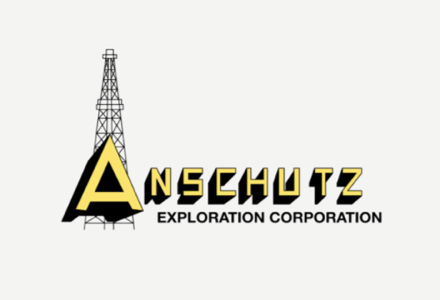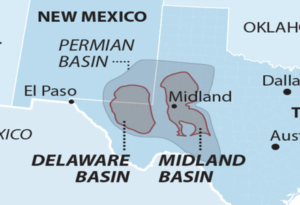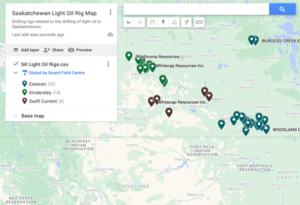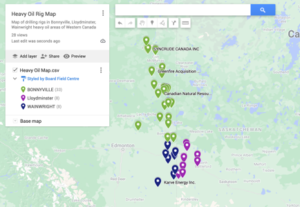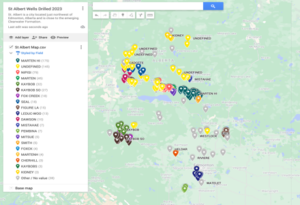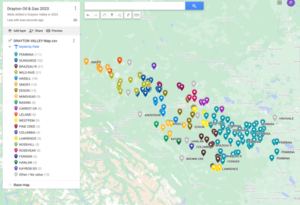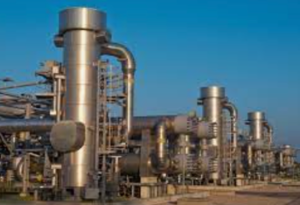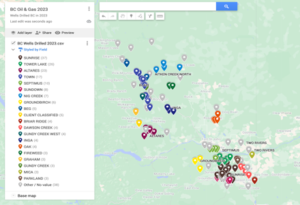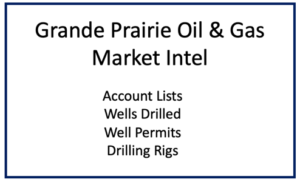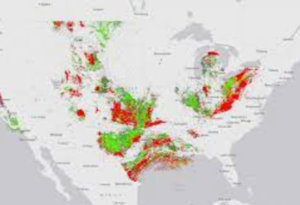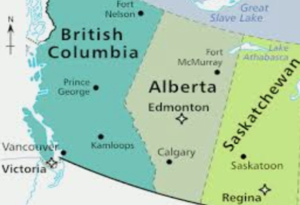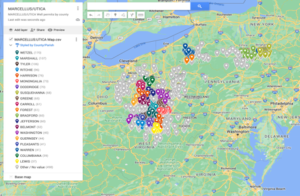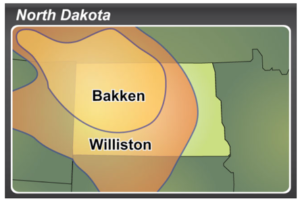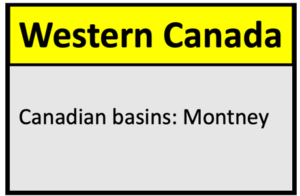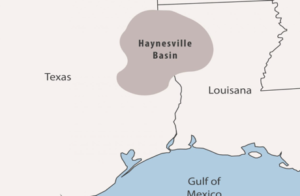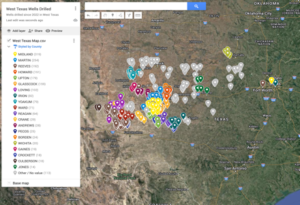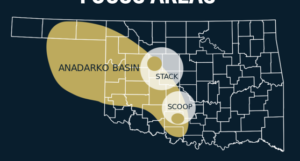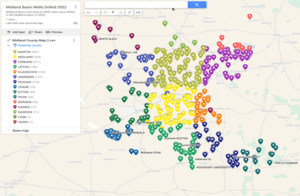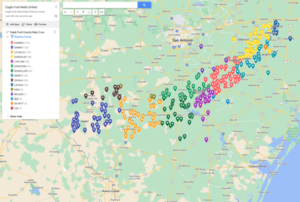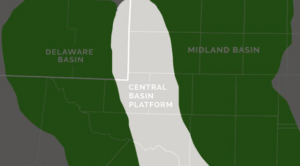The Powder River Basin (PRB) in Wyoming and southern Montana has been a sleeper in the U.S. oil and gas industry, overshadowed by booming regions like the Permian Basin and North Dakota’s Bakken. However, recent moves by Anschutz Exploration Corp. could be setting the stage for a more dynamic era in this historically slower basin. Anschutz’s acquisition of 200,000 acres from Occidental Petroleum (Oxy) now makes it one of the largest landholders in the PRB, with up to 660,000 acres under its control. Here’s a closer look at what this acquisition could mean for the region and why it might just be the shot in the arm that the PRB needs.

The Deal Highlights
Occidental Petroleum had a significant presence in the PRB with around 350,000 acres, of which they sold 200,000 to Anschutz, while retaining 150,000 core acres that it sees as essential for future development. This decision highlights Occidental’s ongoing commitment to Wyoming, where it manages over 650,000 acres in total. The lands in Converse and Niobrara counties, which are part of Oxy’s core acreage, remain with the company, indicating a continued strategic interest in the PRB’s potential.
Why the Powder River Basin Needs Scale
The Powder River Basin offers vast but complex opportunities, with unconventional formations like the Niobrara and Mowry posing high economic hurdles. According to Ryan Hill, an analyst with Enverus, break-even prices for these formations typically exceed $65 per barrel, making them less economically viable than Tier 1 regions like the Bakken. With these high break-even prices, scaling up acreage becomes critical. Larger operators, like Anschutz, can justify infrastructure investments that bring down transportation costs, making development more feasible.
This recent acquisition positions Anschutz with enough acreage to pursue that scale, potentially leading to broader infrastructure developments that could also benefit other operators in the basin.
How Anschutz Could Make an Impact
Anschutz’s position as the largest private driller in the PRB since 2020 suggests a commitment to establishing the Powder River as a viable long-term play. Their expanded footprint allows Anschutz to deploy infrastructure efficiently, which could reduce costs per barrel and bring the economics closer to those of more competitive regions. The move has stirred some optimism among industry insiders who believe that Anschutz’s continued investment could attract more attention and development in the PRB, where currently only about 11 rigs operate.
Economic Challenges: Will the PRB Ever Rival Tier 1 Basins?
While the PRB has promising formations, it hasn’t yet reached the level of activity seen in the Permian or Bakken. Activity dropped significantly during the 2016 oil price crash, and while other basins have rebounded, the PRB has yet to see a resurgence to pre-pandemic levels. The basin’s economics remain its greatest challenge. Rig counts remain low, with prices hovering around break-even levels for unconventional targets. Although these issues could deter smaller operators, private players like Anschutz and Continental Resources seem to be willing to weather the uncertainties.
Continental, known for successfully developing undervalued plays, has shown that there’s potential in the PRB for those with a long-term vision. Their presence, alongside Anschutz, could inspire further investments and development, especially if they succeed in optimizing production costs and expanding infrastructure.
Potential Payoffs and the Future of the PRB
While high break-even prices keep the PRB from being an easy win, the commitment of major operators in the area speaks volumes. EOG Resources, a company known for identifying overlooked opportunities, has invested in the PRB and highlighted the basin’s potential in recent earnings calls. EOG has cited the depth of PRB formations — with pay columns almost a mile deep — as a key factor in its long-term strategy, indicating that the right approach could unlock significant resources.
If Anschutz can leverage its acreage to scale up operations and reduce costs, it could set a precedent for others. A more competitive cost structure could bring in other players, increase drilling activity, and potentially turn the PRB into a hotspot for unconventional development. This approach would not only benefit Anschutz but could also uplift smaller operators who rely on shared infrastructure.
What’s Next for the Powder River Basin?
Anschutz’s acquisition signals renewed interest and potential in a basin that has struggled to reach its peak. By consolidating land and focusing on scale, Anschutz could be laying the groundwork for a new chapter in the PRB, one where higher activity and better economics might make it competitive with more established plays.
The Powder River Basin’s future remains uncertain, but with Anschutz and other strategic players involved, it may just be the right time for a turnaround. The region might still have challenges ahead, but as Anschutz and others continue to invest, it’s clear that the PRB is far from being written off.
Stay tuned: the Powder River Basin’s best days might just be on the horizon.

